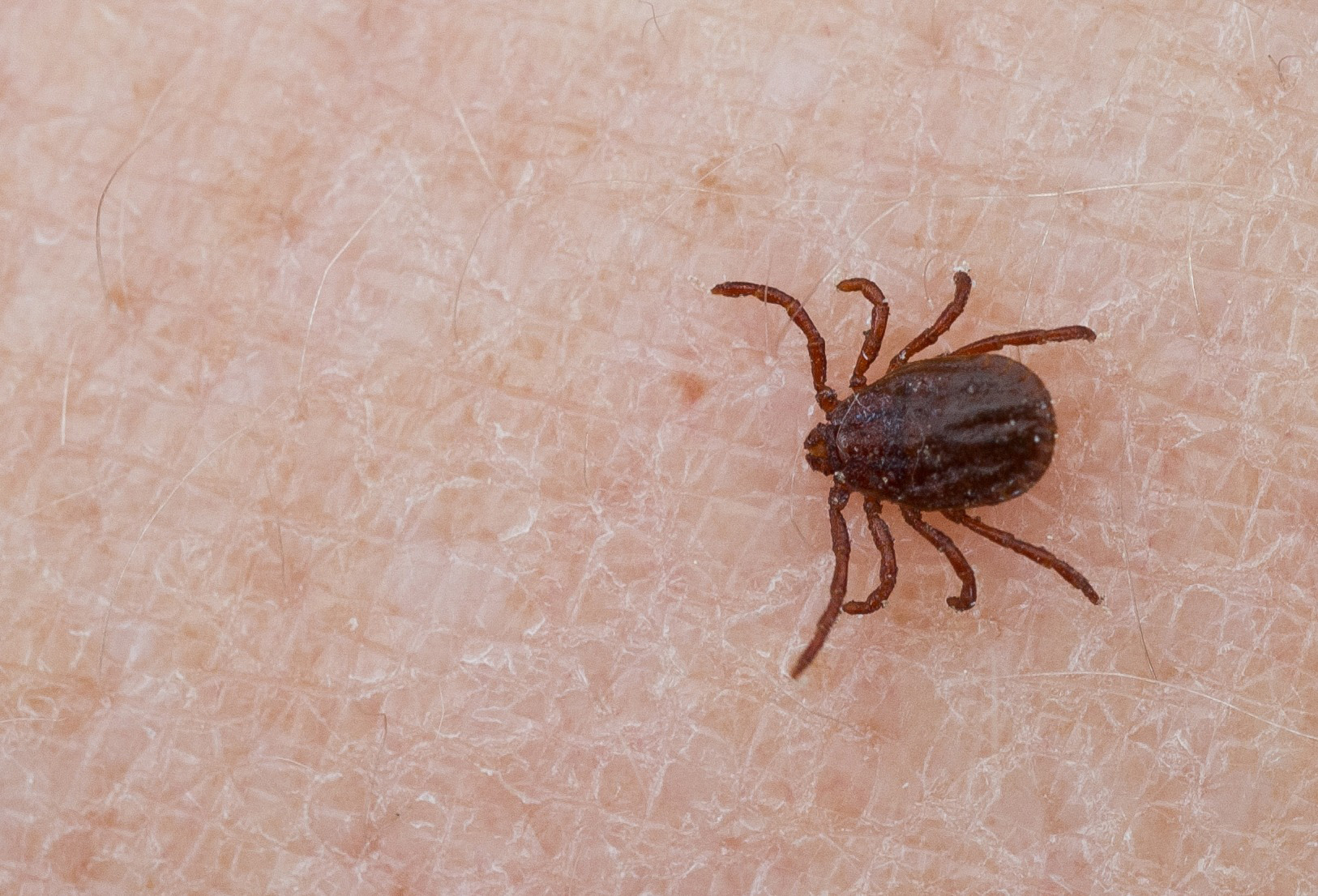
Community Education-Ticks
Welcome to the June edition of Community Outreach! The summer months are upon us and many are now having fun with outdoor recreational activities. But remember as you hit the trails or go for a bike ride there is the hidden danger of picking up a hitchhiker, the pesky tick.
Ticks are small arachnids typically between 3 to 5 mm in length. While there are over 800 species of ticks worldwide only two families, the hard and the soft tick, are known to transmit diseases to humans and animals. Ticks transmit disease through microbes in their saliva that enter the host’s skin or bloodstream. Some of these diseases include Lyme disease, Rocky Mountain spotted fever, Typhus, and Rickettsia Pox. The disease most common to Pennsylvania is Lyme disease and according to the Centers for Disease Control and Prevention, there were 11,900 cases reported in 2017. Ticks are most active between the months of March and November. The two most common ticks found in Pennsylvania are the Dog tick, responsible for the transmission of Rocky Mountain spotted fever and the black-legged tick (formerly deer tick) which is responsible for the transmission of Lyme disease.
So you come back from a nice trail walk and you notice that there is a tick attached to your body. The first step is to remove the tick. The easiest way to do this is with a pair of tweezers. Grasp the tick as close to your skin as possible using a firm grip. However, do not crush the tick as this will further the spread of pathogens. Next apply a gentle upward pulling motion until the tick releases, do not twist or turn the tick. The mouth parts are barbed and this could result in the head or mouth parts breaking off inside the skin. Place the removed tick inside a tightly sealed jar or taped to a piece of paper. The removed tick is useful to a physician in identifying the pathogen transmitted. Then thoroughly wash the area with soap and water.
While there are no medical tests that exist to determine if you had a tick bite or the type of tick responsible for the bite, unless you collected the tick and presented it to the physician, there are some signs and symptoms to be on the lookout for. Some of these include redness at the site (a rash that resembles a bull’s eye is indicative of exposure to Lyme disease), weakness, nausea, vomiting, fever, joint pain, swelling, numbness, and confusion. This list is not all-inclusive and other symptoms may develop depending on the pathogen.
While most people that experience a tick bite have no problems there are a few things to keep in mind. First cleanse the site of the bite with soap and water, next apply an antibiotic cream. If you experience itching the use of either topical or oral Benadryl is recommended. Depending on the symptoms that present, type of tick, and length of exposure your primary healthcare provider will determine the needed course of action. This could include oral or intravenous antibiotics.
The best medicine is prevention. When working outdoors avoid wooded areas or high grass if possible. If you must work in these areas wear bright colored clothing that covers your skin, this allows ticks to be easily seen and brushed away. Tuck pants into boots or socks to prevent the tick from crawling up your leg. Apply insect repellent designed to repel ticks as per manufactures guidelines. Check yourself, your pets and children frequently.
Have fun, enjoy the sun and be safe.
